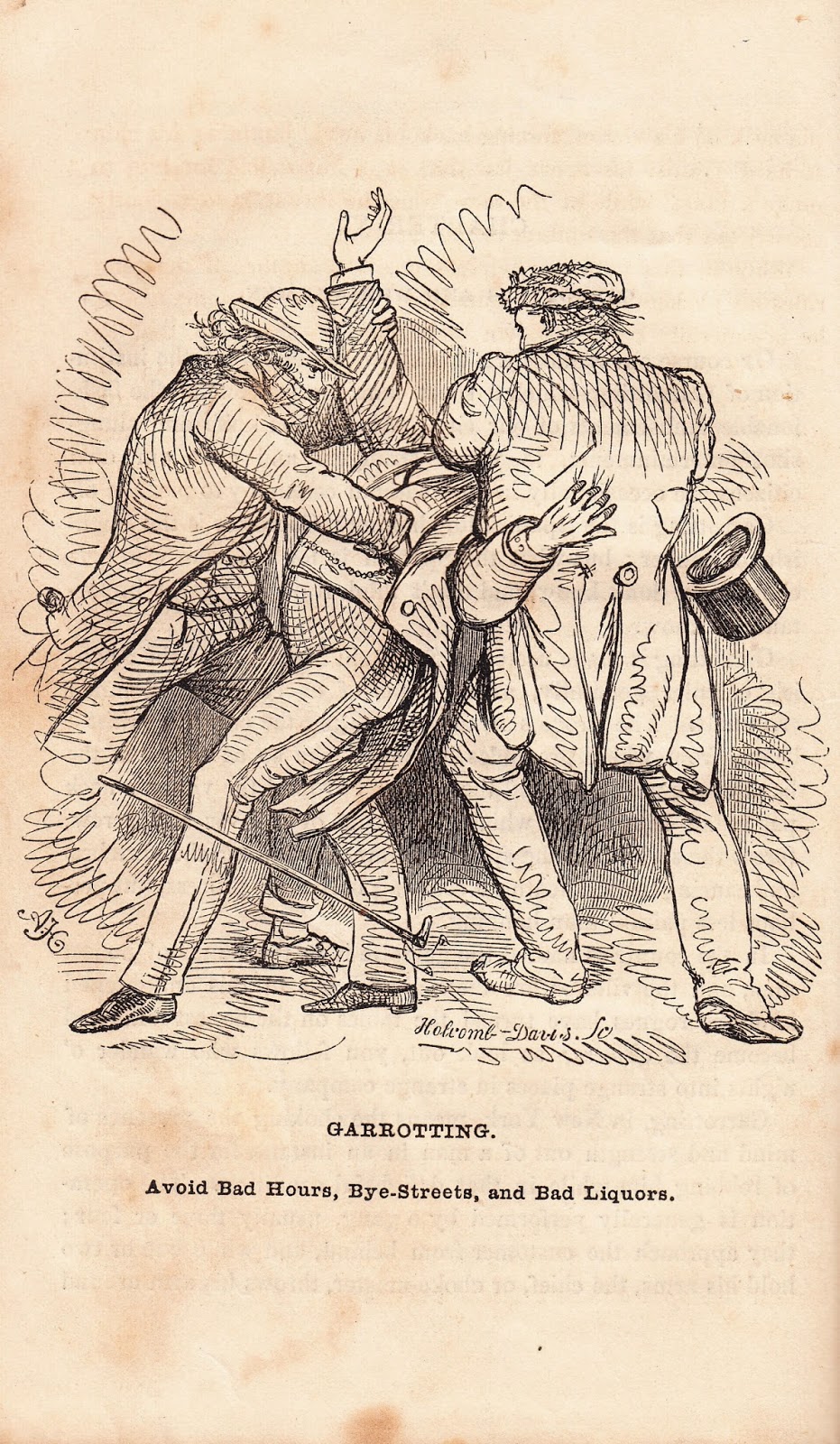Prominent examples of faked press photographs abound. What most don't realize is how many times over the years we have been tricked. Shown here is an original press photograph dated 1921 in which a nascent photograph editor decided the "fat man" in the world's largest swivel chair was too small. An insert of the man enlarged was pasted into the chair before publication. Was the desired effect to make the chair smaller? The man fatter? Either way, just one out of millions of examples of press deceit. Note the chair was cropped with paint as well. This most insignificant example is but one of many. Exactly how many were NOT insignificant is hard to say.
Did you know the famous Kent State photograph once had a pole behind the head of the grieving woman kneeling over the murdered body of a protester?
Original Press photograph with enlarged fat man overlay. Collection Jim Linderman Dull Tool Dim Bulb.
I probably should have saved this for Shark Week, but I post them as I find them. Another of what Poet William Carlos Williams must have been thinking of when he wrote one of my favorite lines: "The pure products of America Go Crazy."
"Wiggle Fish" Paper Fish "trick" novelty gag 1943 The Lester Game Co. Toledo, OH. Collection Jim Linderman









 These pictures were taken during the the agrarian United States on the cusp of Industrial Society. The horse played a role in both, and it is no wonder it also played a role in the traveling circus.
These pictures were taken during the the agrarian United States on the cusp of Industrial Society. The horse played a role in both, and it is no wonder it also played a role in the traveling circus.
Horses with long tales can swat flies easier, but the mane seems purely decorative. Depending on genetics, many horses can grow spectacular heads of hair, but normal wear, tear and snags usually keeps the mane at a manageable length. Show horses are often allowed to grow it longer. They will even have it braided and let loose before the show in an attempt to create perfect waves, but even their splendid "dos" pale compared to a wild horse, of which I recently heard there was some 30,000 roaming in the states today. A number increasing through abandonment...it is expensive to maintain a horse, often costing far more than the horse is worth.
Horse were also taught tricks. Fake tricks, but then all tricks are fake. When you see an educated horse clomping off a count, or solving complex mathematical problems, it is usually because the trainer has tipped Trigger off. It is a fairly easy trick to teach your horse to go get their food bucket. Even a dog can do it without training. Teaching your horse to shake his head yes or no is easy as well, and we're not even into Mr. Ed territory here yet. But for the math genius horse who knocks off numbers like an accountant? Usually he has been taught to respond to cues from the boss, not to operate a calculator in his head.
First up is Mascot the Talking Horse. Looks like Mascot could shake hands and push a lever in addition to talking. What? You don't hear anything? Neither do I. Mascot was active in Connecticut, and the Syracuse University also holds one of these cards in their collection. Note the photo of the Professor making out with Mascot...the backdrop depicts hoards of painted customers watching in awe.
Next is Chief. The reverse of his card can tell you all you wish to know about the Shetland with the tail of steel. At right is Edward Daley, Chief's chief groomer. If you wish to avoid reading the small print, Chief travels first class in his own little baggage car.
The next horse has no name indicated, but someone has taken the time to point out his particulars. Eighteen feel and nine inches of tail!
Elsie Sutliff is the trainer, not the horse. The Syracuse University Library holds another Wendt image of Elsie, and in their copy a large dog is standing on the back of the horse, so Elsie must have trained several animals. (A "Dog and Pony" show.)
Happy Jack was "The original and world famous Lone Pacer" according to the barely visable text embedded in the image. Also shown is trainer Frank Schneider and Charles Fose the owner. A Lone Pacer is an archaic term for a lead horse which sets the pace, I believe...at any rate, the time shown (2:03) is for a mile. Happy Jack is also reported to have run the mile at 2:13 in Louisville, Kentucky in 1897.
There were several horses named Linus, and in fact one reason was so the folks in one part of the country would think they were seeing THE Linus, when the real Linus was appearing somewhere else! Suffice to say, "carny" folk aren't usually thought of as being the most honest cards in the deck. At least the two Linus horses follow here and both are the real deal. The website "Messy Beast" has the whole story, and numerous examples, including several photos of these same horses. A whole herd named Linus!
Linus and Linus II were both Long Haired Oregon horses. Through genetics and a little hocus-pocus, it seems the Linus long hair was a trait passed down among generations of Linus breeders.
Most of the horses shown here have extensive notes, personal history and such either printed or noted on the reverse.
All Photographs Frank Wendt circa 1890-1910
All Original Photographs from the Jim Linderman Collection.
Excerpt above by Jim Linderman from the forthcoming book
"The Wondrous World of Wendt" and copyrighted!
Not to reproduced without writing.
See ALL the Dull Tool Dim Bulb Books CATALOG HERE
See also The Wondrous World of Wendt (In Progress) HERE

























